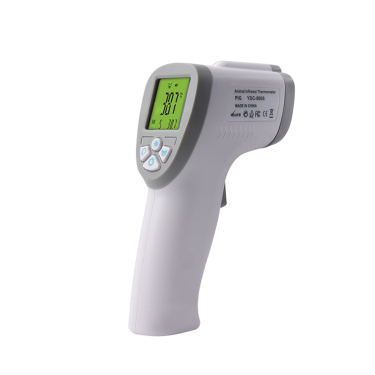
# Dog Thermometer: Essential Tool for Monitoring Your Pet’s Health
## Why Every Dog Owner Needs a Thermometer
As a responsible pet owner, monitoring your dog’s health should be a top priority. One of the most fundamental tools in your pet care arsenal should be a reliable dog thermometer. Unlike human thermometers, these specialized devices are designed specifically for canine use, providing accurate readings that can help you detect potential health issues early.
## Understanding Normal Dog Temperature
Before using a dog thermometer, it’s crucial to know what constitutes a normal temperature range for your furry friend:
– Normal range: 101°F to 102.5°F (38.3°C to 39.2°C)
– Puppies may have slightly higher temperatures
– Temperature can vary slightly by breed and size
## Types of Dog Thermometers
Modern pet care offers several options for monitoring your dog’s temperature:
### 1. Rectal Digital Thermometers
Considered the gold standard for accuracy, these thermometers provide quick readings when inserted gently into the rectum.
### 2. Ear Thermometers
Infrared ear thermometers measure the temperature inside the ear canal, offering a less invasive option.
Keyword: dog thermometer
### 3. Non-contact Thermometers
These innovative devices measure temperature from a short distance, ideal for nervous or aggressive dogs.
## When to Check Your Dog’s Temperature
Regular temperature checks aren’t necessary for healthy dogs, but you should use your dog thermometer when you notice:
– Lethargy or unusual behavior
– Loss of appetite
– Shivering or panting excessively
– Nasal discharge or coughing
– Before and after vaccinations
## How to Use a Dog Thermometer Properly
For accurate readings, follow these steps:
– Lubricate the thermometer tip with petroleum jelly
– Gently lift your dog’s tail
– Insert the thermometer about 1 inch into the rectum
– Hold it steady until it beeps (for digital models)
– Clean thoroughly after each use
## Interpreting the Results
Understanding what your dog’s temperature means is crucial:
– Below 99°F (37.2°C): Hypothermia – seek veterinary attention
– 103°F (39.4°C) or above: Fever – contact your vet
– 106°F (41.1°C) or above: Emergency – immediate veterinary care required
## Choosing the Right Dog Thermometer
When selecting a thermometer for your pet, consider:
– Ease of use and cleaning
– Speed of reading
– Durability
– Size appropriate for your dog
– Waterproof features if needed
## Maintaining Your Dog Thermometer
Proper care ensures accurate readings and longevity:
– Clean before and after each use
– Store in a protective case
– Replace batteries regularly
– Check accuracy periodically against a known standard
## The Importance of Regular Health Monitoring
While a dog thermometer is essential for illness detection, it’s just one part of comprehensive pet care. Combine temperature checks with regular:
– Weight monitoring
– Coat and skin inspections
– Dental checks
– Behavioral observations
Investing in a quality dog thermometer and learning to use it properly can make a significant difference in your pet’s health care. By catching potential issues early, you can ensure prompt treatment and potentially save your dog from serious complications. Remember, when in doubt about your dog’s temperature or overall health, always consult with your veterinarian.